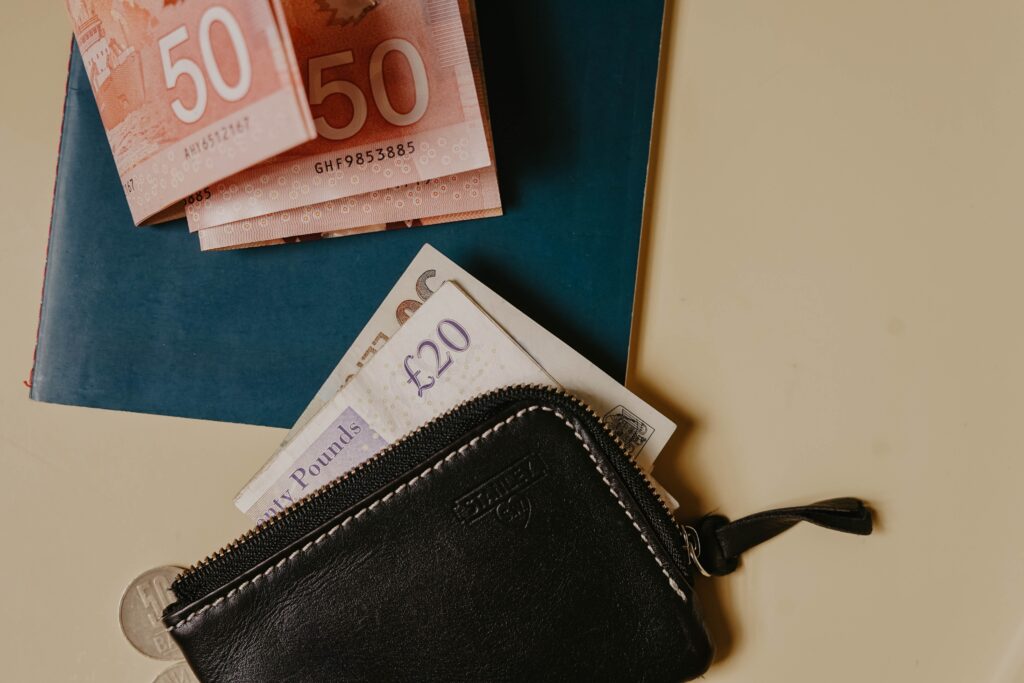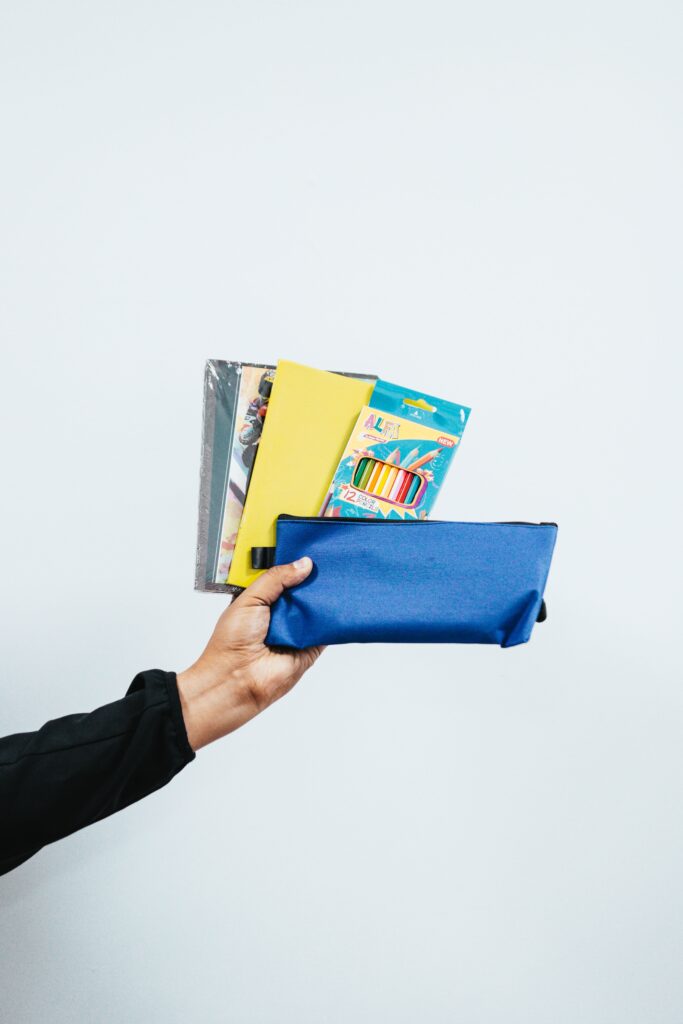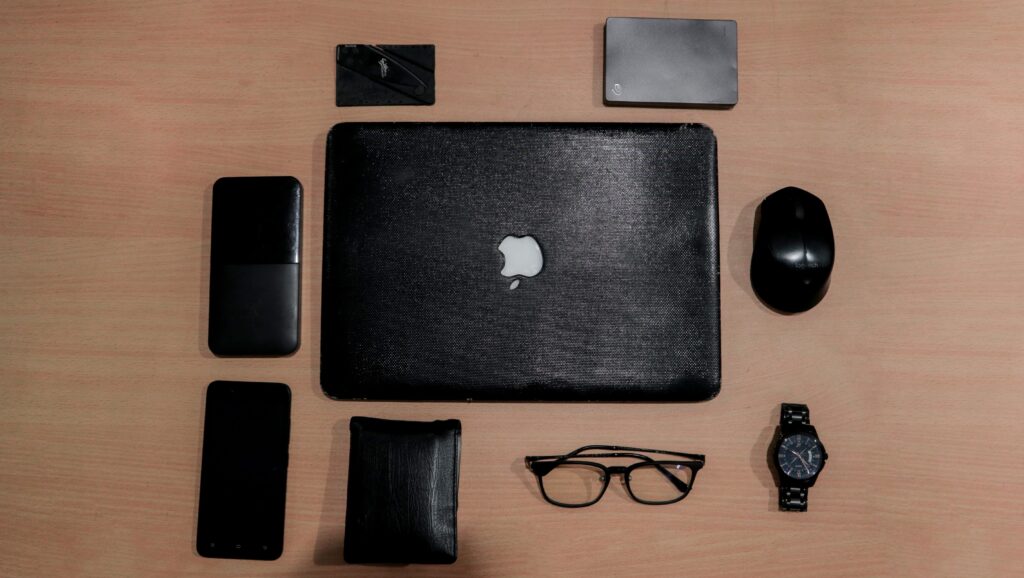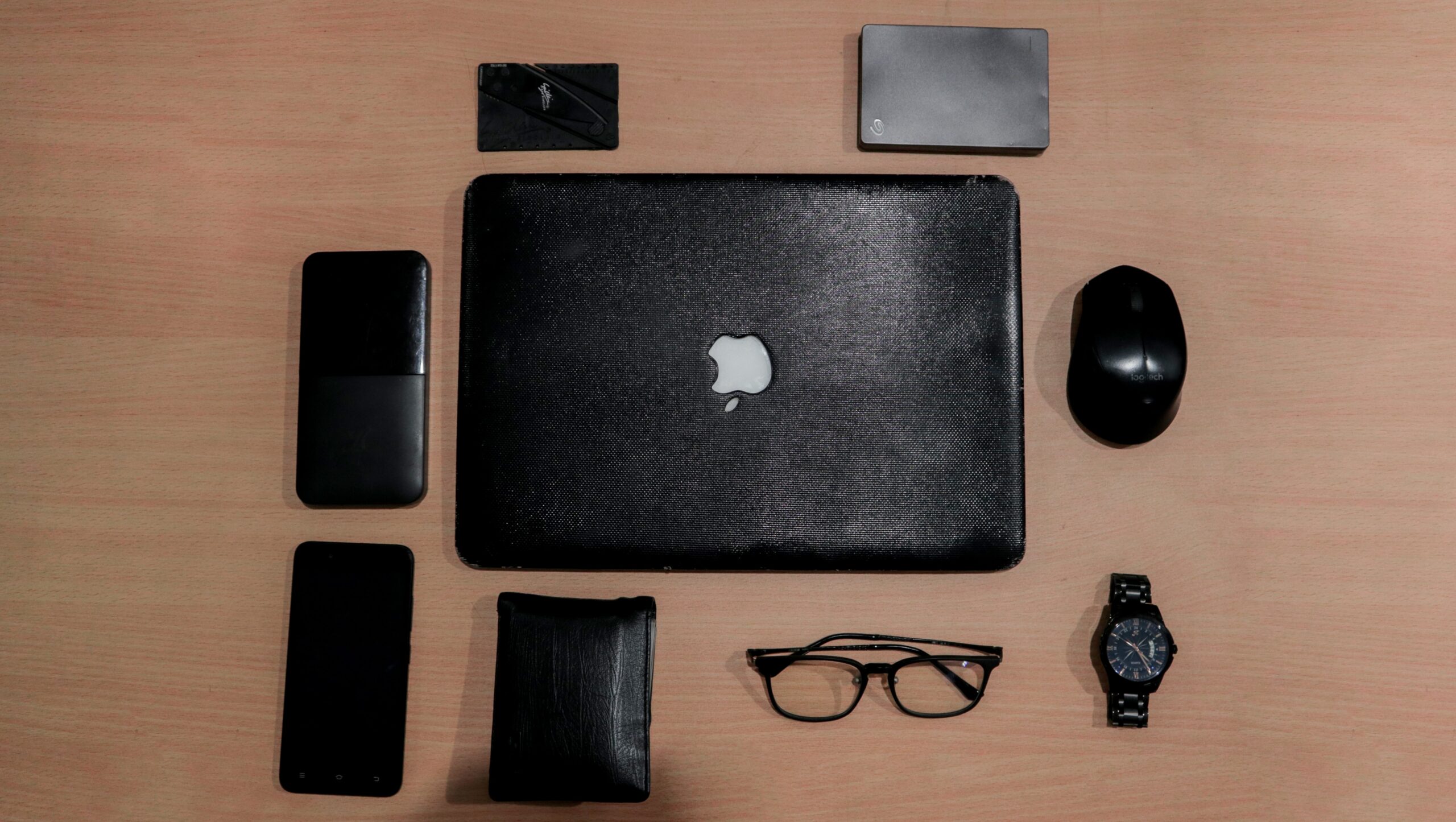RFID-blocking wallets are popular and easy to obtain, as they are frequently featured in publications or on the internet. Perhaps you received one as a gift. But have you ever thought about: what is RFID, and how it works? Is it really true that it protects my privacy?

RFID, or Radio Frequency Identification, is a long-standing technology for identifying friendly aircraft that was originally developed during World War II. An RFID tag may be detected by a receiver with a computer chip and antenna. An RFID reader can detect RFID signals from a significant distance away, as shown by the receiver onboard a plane that detects the aircraft’s identification long after it has landed.

In the 1950s and 1960s, RFID was used to prevent theft. Many businesses still employ tiny RFID tags on items in order to trigger an alarm if they are taken from the shop without first being deactivated at the register. After this, RFID technology has been used in supply chain management and train and shipment tracking. It’s also utilized in healthcare to keep track of equipment, medicines, and individuals. It’s also the technology that powers pet microchipping.
RFID Technology And Your Privacy
Embedded radio-frequency identification (RFID) chips are now embedded in debit and credit cards, driver’s licenses, and passports, allowing you to make contactless payments and transfer data without having to touch anything. Although this technology is beneficial, having an RFID receiver exposes us to danger. Hackers may steal critical details from your men’s leather card wallet or handbag using a method known as “skimming.” They may fabricate your papers once they have this information, giving them access to your bank accounts and other personal data.
Because radio frequency identification (RFID) receivers can gather data from a long distance, attackers don’t even need to come into physical contact with you in order to steal your information. Skimming is a kind of pickpocketing in which someone’s information is taken without their knowledge. Traditional pick-pocketing methods, such as bumping into or brushing against someone to take from their purse or magic wallet, are not necessary.
RFID-blocking wallets, available at many retail and online stores, can be used to block the electromagnetic field surrounding RFID documents. Importantly, cards or passports must be put inside an RFID-blocking card wallet with id window for them to be secure. It’s not a guarantee of protection, but putting an RFID-blocking wallet over your papers will assist. The skimmer must be able to pierce through the anti-RFID material and obtain data from your documents, but if you place an RFID-blocking wallet over them.
Although RFID-blocking wallets are useful, there are other methods to keep your data safe. RFID-blocking good quality wallet brands are often made of carbon fiber or metal and must obstruct any electromagnetic field that your papers generate. For example, a layer of aluminum foil wrapped around your papers will provide the same level of electromagnetic shielding. The ideal security strategy, nevertheless, is one that you use on a daily basis. Would you be willing to peel off the aluminum foil from your debit card and rewrap it after each usage? Many people will not, making RFID-blocking clothing, customized wallets for husbands, handbags, and textiles all the more appealing.
What Is The Size Of The Skimmer Threat?
On a scale of one to ten, the likelihood of skimming is…zero. Perhaps this comes as a surprise if you’re used to seeing RFID-blocking items marketed as an essential component of identity theft prevention. However, there have been no reported instances of data theft from skimming in 2017.
Why not? Isn’t it true that criminals are clever enough to elude capture? No. Simply said, there are more efficient methods of stealing data than hacking people’s computers or uploading it online.
- The first thing to consider is that very few cards in the United States currently utilize RFID. The majority of cards now include EMV chips (the visible, copper-colored chips that go into card readers), which must be close enough to operate and can thus not be skimmed in the same way as magnetic strips could be skimmed.
- Second, crackers may purchase credit card numbers with their security codes for a fraction of the price of equipment that would require them to steal data in smaller amounts.
- Third, computer security expert Roger Grimes points out that RFID receivers are the same size as a remote control. Someone carrying an RFID receiver around a store would most likely be discovered by security long before they gathered enough information to pay off the crime.
- Finally, the few cards in the United States that use RFID technology are required to encrypt their data, making an RFID skimmer ineffective.7
Other wallet types, such as those made of metal or carbon fiber, can also block the EMF.
While RFID-blocking wallets are useful, they’re not necessary if you take other precautions. For example, you can wrap your cards and passport in aluminum foil to create an EMF-free zone. This method is free and easy, but it’s not very practical.
The best way to protect your information is to use a best minimalist wallet that you’re already comfortable with on a daily basis. If you’re not willing to peel the aluminum foil off of your cards after each use, then an RFID-blocking wallet is probably a good idea.
There are many different types of RFID-blocking wallets on the market, so you can find one that fits your lifestyle.

RFID-blocking wallets come in a variety of styles, including:
- • Card wallets
- • Passport covers
- • Handbags
- • Luggage
- • Clothing
https://pur-carbon.com/blogs/news/make-sure-youre-protected-4-benefits-of-an-rfid-blocking-wallet

how is An RFID-Blocking Wallet And Beneficial?